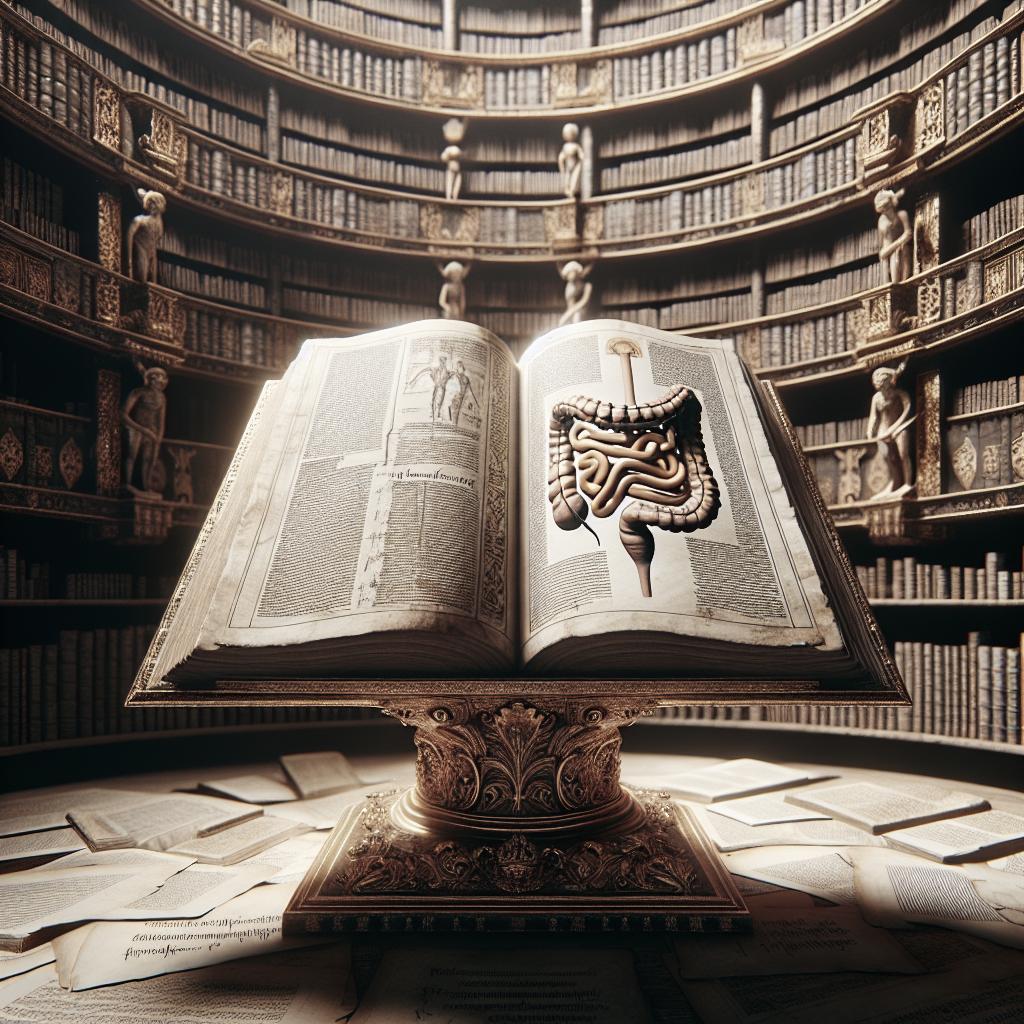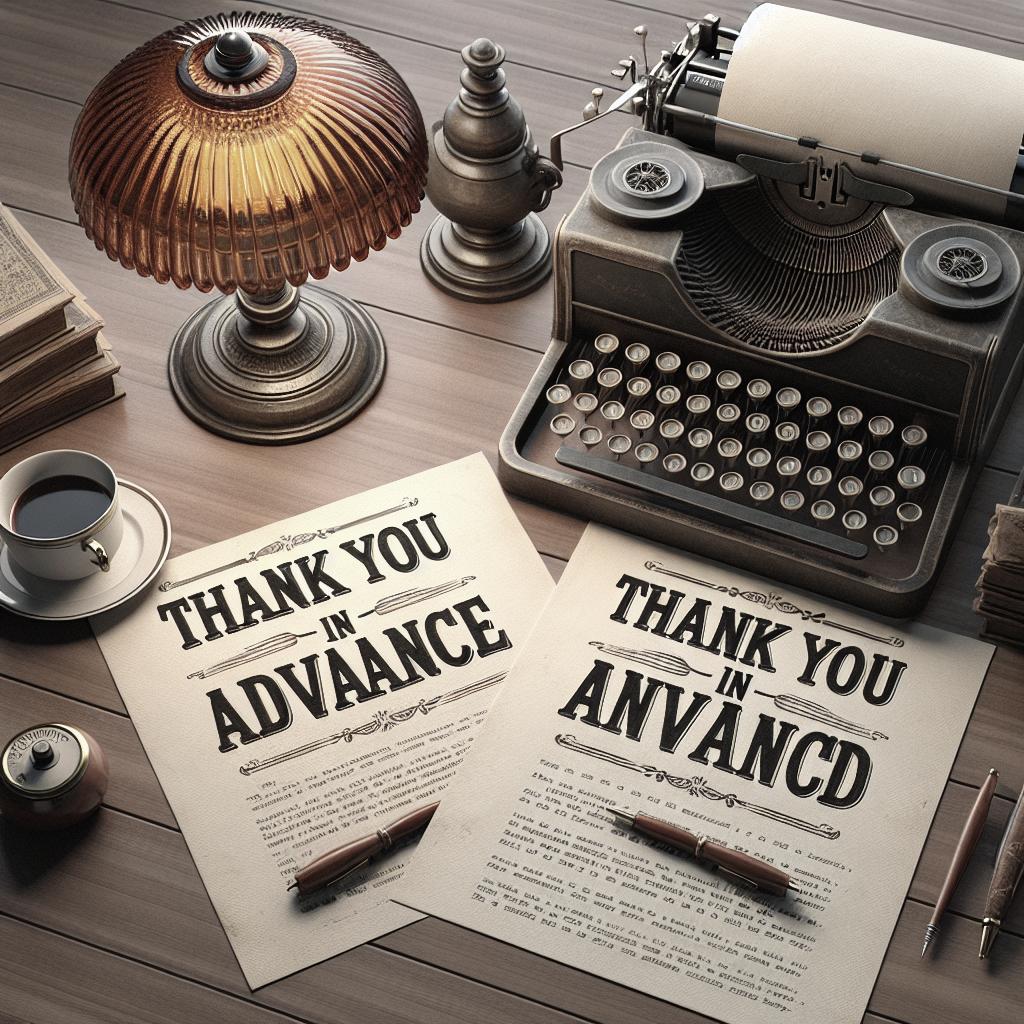Allusion: A Clever Tool for Enhanced Communication Have you ever heard a reference within a piece of writing or film that seemed familiar yet artfully subtle, like a whisper of another world stitched into a new narrative? Welcome to the world of allusion—a powerful literary device that echoes across works of art, delivering nuanced meanings and enriching storytelling. This blog post delves into the core purpose of allusion and how it skillfully establishes context, presents commentary, and delivers multiple layers of interpretation within any medium. From elucidating the concept and types of allusion, exploring its clever use in literature and movies, to guiding you on crafting allusiveness in your scripts, this comprehensive guide offers insight into why this literary technique can be your creative ally. Plus, we’ve included related resources for those eager to deepen their literary voyage. Let’s uncover the tapestry of meanings created through allusion. — ALLUSION DEFINITION What does allusion mean? Allusion is a versatile device in literature and other art forms that involves indirectly referring to a person, place, event, or work of cultural significance. Unlike a direct quotation or replication, allusion nudges the audience towards recollecting or relating to something familiar without spelling it out. For example, mentioning “a Herculean task” evokes the mythical strength of Hercules without explaining the backstory embedded in Greek mythology. It’s about sparking recognition and adding layers of meaning by relying on shared knowledge. What is an Allusion? An allusion is a potent technique for connecting multiple works, ideas, or cultural narratives within a text. It relies on the reader or audience recognizing the suggested association or reference, thus creating an enriched experience. This indirect reference can amplify texture in writing, allowing authors or filmmakers to convey deeper emotions or highlight parallels without excessive explanation. Its impact hinges on the audience’s awareness and understanding, adding depth and resonance if recognized—but it can also rest unobtrusively in the narrative for those who may not catch the reference. — Context and Meaning Establish context with allusion Allusion aids in setting the stage quickly and effectively by invoking context and background without extensive descriptions. When a writer incorporates an allusion, they tap into the audience’s pre-existing emotions, ideas, or nostalgic sentiments, creating a framework within which the current narrative is situated. For instance, referencing the “forbidden fruit” can immediately convey themes of temptation or morality linked to the Biblical story of Adam and Eve, providing a rich contextual layer with brevity. Use allusion as commentary Beyond setting context, allusions serve as a vehicle for commentary, enabling authors and filmmakers to express opinions, critique, or reflect on societal norms subtly. For example, referencing Orwell’s “1984” in a modern narrative may critique contemporary surveillance culture or governmental control. Such references woven into storytelling allow creators to engage in a cultural or political conversation indirectly, urging audiences to consider deeper implications beyond the plotline. — Types of Allusion What is the purpose of allusion? The primary purpose of allusion lies in its ability to connect ideas succinctly while adding depth and layers to the narrative. Allusions can be found in various forms—literary, historical, mythological, cultural, or religious, each offering a different way to enrich storytelling. Literary allusions can honor other authors, historical allusions might highlight significant past events, and mythological references could infuse the narrative with timeless allegories. By employing allusions, creators animate a text with shared knowledge, provoking thought and introspection. — Multiple Meanings Make your references subtle Effective allusions should be woven into narratives seamlessly, adding understated complexity rather than distracting from the main text. Subtlety is key because overly explicit mentions can disrupt the narrative’s flow and reduce the charm of discovery for the audience. Consider allusions a gentle nod rather than a narrative crutch; when done right, they elevate the intrigue and invite readers to peel back layers to uncover concealed meanings. — Literary Allusion Allude to literature in your script Alluding to literature within your writing can forge a bridge between past and present works, offering new interpretations or honoring time-honored themes. When a narrative references iconic works like Shakespeare’s plays, Brontë’s novels, or the epic of “The Odyssey,” it taps into a legacy of ideas that have shaped human thought. Crafting these allusions requires an understanding of the original text’s essence and the skill to infuse it with relevancy within your story’s context. — Allusions in Movies Write cinematic allusions Cinematic allusions provide filmmakers with tools to connect with the audience on multiple sensory levels. By subtly referencing iconic films or cultural moments, directors layer additional meanings or pay homage to influential predecessors. For instance, a scene mirroring Alfred Hitchcock’s famed shower sequence in “Psycho” might evoke suspense while nodding to the film’s profound significance in cinema history. Filmmakers use visual, auditory, or contextual allusions to enrich the storytelling experience while allowing for creative connections across cinema. — How to Be Allusive Crafting effective allusions requires finesse and a deep understanding of your audience. Consider the cultural literacy of your readers or viewers—what references would resonate or provoke thought? Strive for balance between subtlety and clarity, ensuring allusions enhance rather than obscure your narrative. Whether subtly nodding to historical events, weaving literary parallels, or echoing cinematic classics, your allusions should respect both the original context and the new narrative. — Related Posts – Enhancing Narrative With Symbolism – Mastering Metaphorical Language – Archetypes Unleashed: Universal Story Elements – The Art of Subtext: Saying More With Less – Imagery: Painting Vivid Pictures With Words — UP NEXT Explore more literary devices Expanding your writer’s toolkit with a variety of literary devices is crucial for crafting compelling prose or scripts. Dive into our series exploring metaphor, symbolism, allegory, irony, and more. Understanding these techniques will not only sharpen your ability to invoke emotion and theme but also enhance your narrative’s sophistication and engagement. — Write and produce your scripts all in one place Whether you’re crafting the next great screenplay or an evocative novel, having all your creative tools in one place can streamline your process and enhance productivity. Let our platform guide you from inspiration to completion, providing resources and support tailored to your creative journey. —
| Section | Content Summary |
|---|---|
| Allusion Definition | Defines allusion, explaining its role as an indirect reference that adds depth by relying on audience awareness. |
| Context and Meaning | Explores how allusions can establish context effectively and serve as a powerful tool for societal or cultural commentary. |
| Types of Allusion | Details different forms of allusions—literary, historical, cultural—and their purposes in enriching narratives. |
| Multiple Meanings | Discusses the importance of subtlety in allusions to engage readers without overwhelming the narrative. |
| Literary Allusion | Explains the use of literary allusions in scripts to connect varying works and honor literary traditions. |
| Allusions in Movies | Describes how allusions work in film, adding layers of meaning and connecting to cinematic history. |
| How to Be Allusive | Offers guidance on crafting allusions thoughtfully, maintaining balance and respecting audience knowledge. |
| Related Posts | Provides links to further resources on literary devices. |
| Up Next | Invites readers to explore more literary devices and consider an integrated writing platform. |


